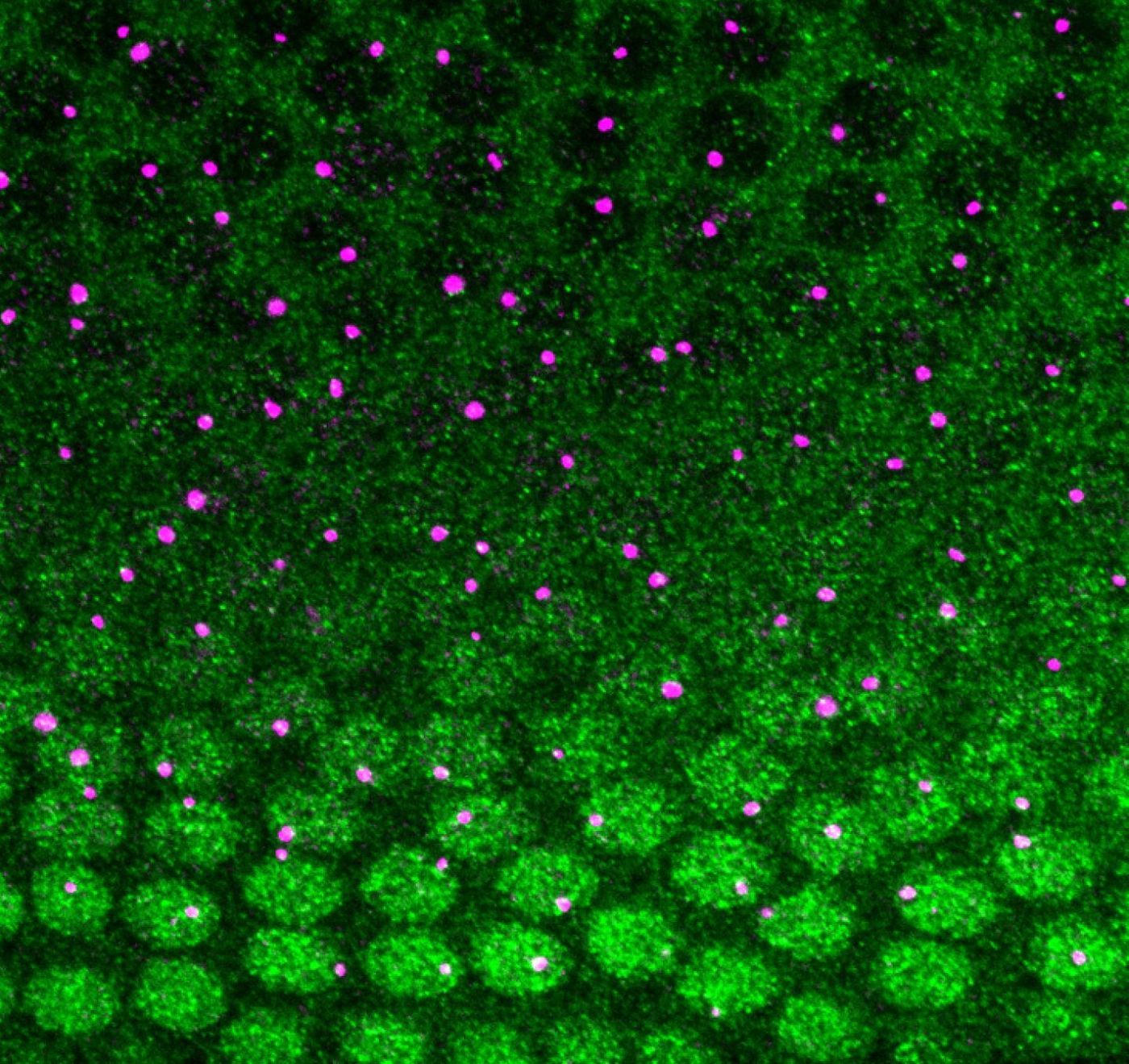New Insights Into the Role of Enhancers in Gene Regulation
Researchers have uncovered a new set of rules that govern cellular decision making about gene activation. The work, which has been reported in Current Biology, can help provide insight into how variations in gene sequences can impact human traits.
"Not only does the research characterize a newfound element of cellular activity, but it also uncovers the physical parameters that affect gene activation, thus pushing forward our understanding of how genes are regulated in time and space," explained senior study author Christine Rushlow, a professor of biology at New York University.
Rushlow and her colleagues focused on a protein named Zelda that is known to activate genes that are involved in development and does so in a specifically coordinated way. They aimed to understand more about the precise nature of gene regulation. Errors in that process, especially during development, can have dire consequences for an organism.
Some genes have features called enhancers. Enhancers sit next to genes and can impact their activity after information about the local environment has been integrated. "However, while we know many of the broad interactions between genes and their enhancers, much of the regulatory logic is not understood," noted Rushlow.
The researchers used embryos of the fruit fly, a common research model, to investigate a gene that is necessary for the development of the nervous system. A protein called Dorsal activates this gene by binding to its enhancer. Zelda can also attach to the enhancer and may boost the action of Dorsal as well.
The researchers mutated the various sites on the Zelda protein where it binds and assessed how the gene responded to the changes. They determined that the likelihood and degree of gene activation were affected, leading to changes in gene activity.
The scientists isolated Zelda to monitor its activity. They used high resolution microscopy to reveal that there is more Dorsal protein near enhancers that contain Zelda sites compared to sites without it. This can explain why Zelda bolsters the activity of Dorsal, showing how an enhancer’s microenvironment can alter how it influences gene activity.
"This study has uncovered rules that cells use to make decisions about what genes they activate, when and how much, in response to their environment," said Rushlow. "We were able to directly observe cells in a decision-making process, and then manipulate and measure a portion of DNA that acts as tiny circuit to make this single decision."
Sources: AAAS/Eurekalert! via New York University, Current Biology









